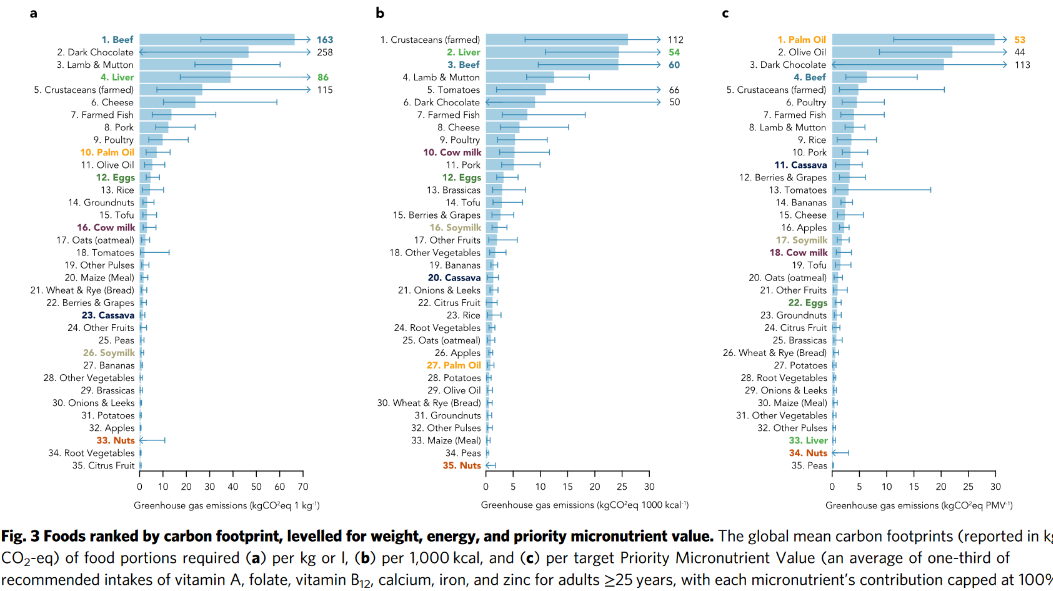EP 8 - And Confusing Meat Labels - https://www.youtube.com/watch?v=UBhuvidGhLQ
The 10 Most Misleading Meat Labels and What You Need to Know
Do you know what the labels on your meat actually mean? Many of the claims we see—like “natural,” “grass-fed,” “cage-free,” and “organic”—are far less transparent than they seem.
In this episode of ReThink Meat, we take a closer look at 10 of the most commonly misunderstood labels and the verification processes behind them.
What you’ll learn:
- What “made in America” really means The truth about “raised without antibiotics” The difference between cage free, free range and pastured The limitations of grass fed and organic labels
- How oversight and loopholes impact what these labels truly represent.
- 4 practical tips for selecting meat that supports your health, the planet, and your values.
In just 18 minutes, this episode will give you the tools to make more informed and intentional choices, helping you align your purchases with what matters most to you.
summerizer
This video discusses ten commonly misunderstood meat labels, revealing how they can mislead consumers about the sourcing and production practices of meat products. It highlights the practices of greenwashing in the meat industry, where companies use terminology that misrepresents their practices to appeal to consumer demand for sustainable and humane options. The video also provides viewers with four steps to identify truly healthy and ethically raised meat.
Key Points
Grass-Fed Misconceptions
The label 'grass-fed' often doesn't guarantee that cattle were only raised on grass, as it may include grain feeding and can include imported meat sold under this label. Therefore, consumers should be cautious and informed when selecting grass-fed products.
Misleading Terms
Common terms such as 'natural', 'cage-free', and 'free-range' often do not mean what consumers think they do, failing to accurately represent animal welfare or the conditions in which animals were raised. For example, cage-free does not mean outdoor access.
Antibiotics in Meat Production
Claims of 'raised without antibiotics' can still permit the use of various drugs, and testing for antibiotic residues often shows that antibiotic contamination is still present in many animal products.
Factory Farming Statistics
Over 90% of grocery store meats come from factory farms, and while niche markets for more ethical meat are growing slowly, the majority of the meat industry remains concentrated in large-scale operations.
Labeling and Regulations
The USDA's regulation of labels is often inadequate, allowing misleading terms to proliferate without sufficient oversight. Some organizations recommend looking for third-party certifications to ensure better practices.
Consumer Responsibility
Consumers play a significant role in shaping the meat industry. By making informed choices about meat labels and seeking out genuinely ethical options, consumers can influence farming practices and support better animal welfare and environmental sustainability.

